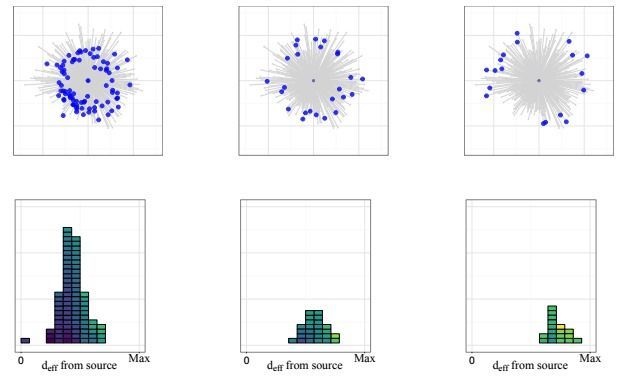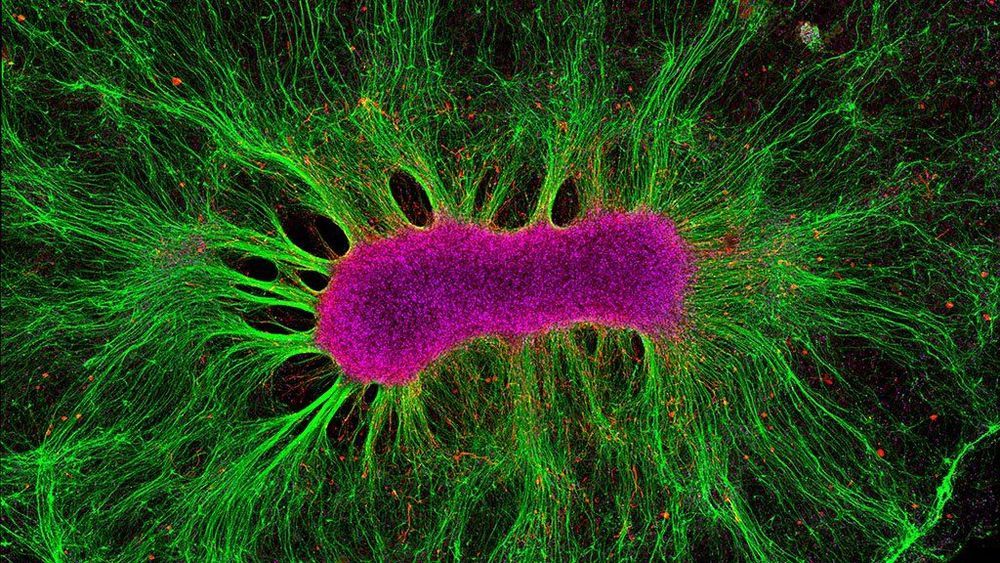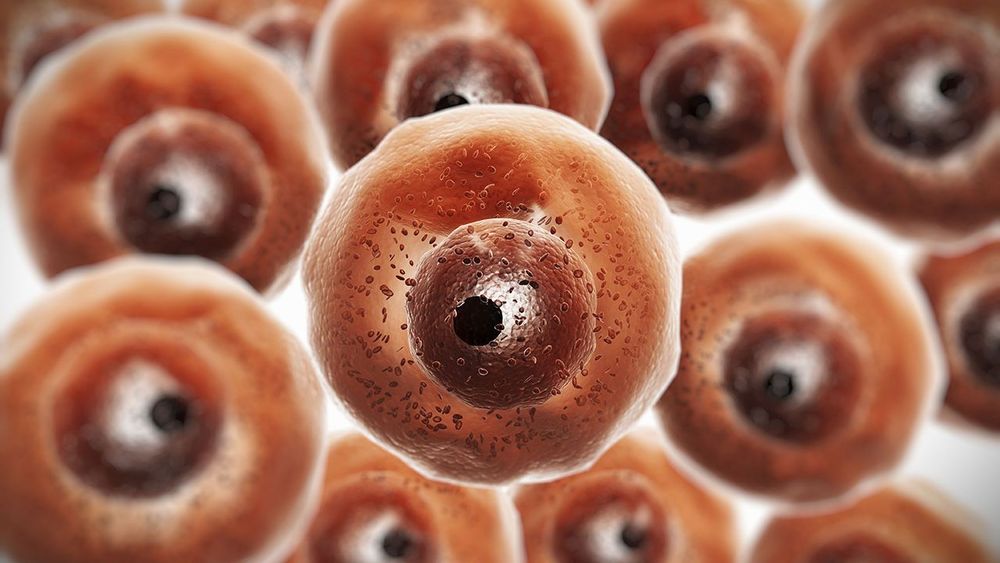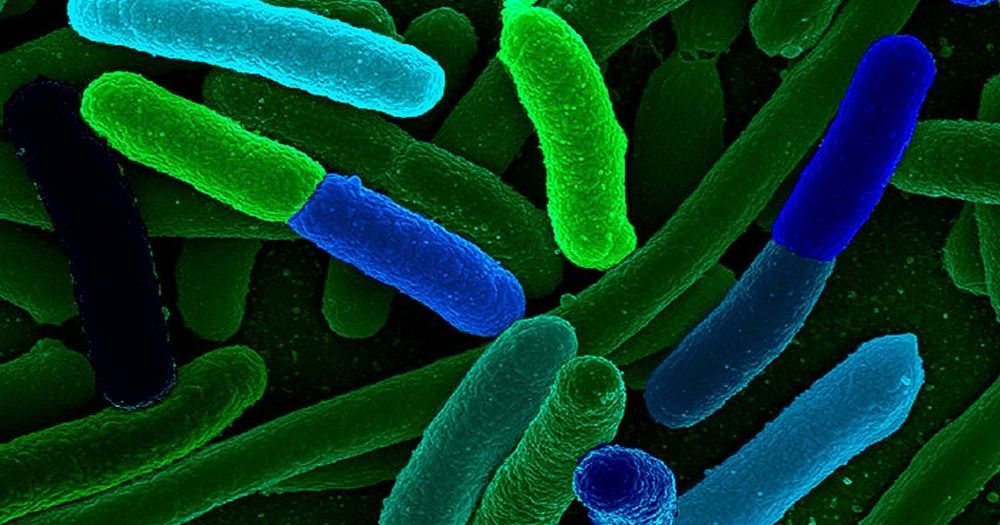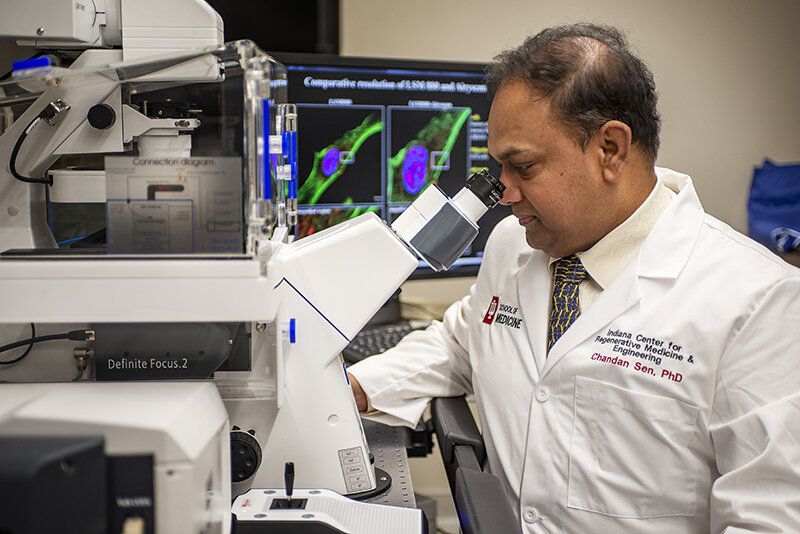SAN LEANDRO (KPIX) — It is the stuff of science fiction and Hollywood movies. The promise: upon your death, your body is frozen until some future medical breakthrough restores you to full health.
Roughly 400 Americans — before they died — decided to bank on the possibility that this will happen. Their bodies are now being held at three facilities in the United States, including one in the East Bay.
“This is like a hospital,” explained Steve Garan, who took KPIX 5 reporter Juliette Goodrich on a tour of Trans Time, a Bay Area Cryonics facility in San Leandro.


